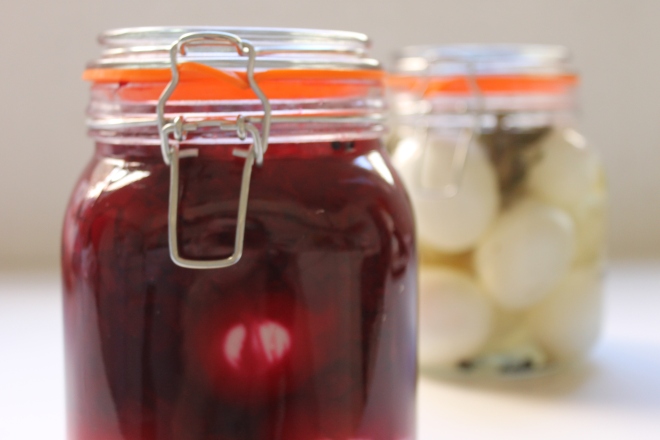
Ages ago I wrote about making pickled eggs for my cousin and I promised you another recipe. Well, it’s taken me nearly two years, but here it is. During my research the earliest English recipe I could find was from the 18th century, but I came across a much earlier recipe in Arabic. This recipe was from The Description of Familiar Foods, which was probably written in Cairo in the 14th century.
“Baid Mukhallal – Take boiled eggs and peel and sprinkle with a little ground salt and Chinese cinnamon [cassia] and dry coriander. Then arrange them in a glass jar and pour wine vinegar on them, and put it up.”[1]
What you notice, is that this souse or pickle (the vinegar solution) appears to be cold when it is put on the eggs. Most modern recipes call for the pickle to be hot, and it made me wonder how using a cold solution would affect the eggs, both from a taste perspective and for food safety.
SAFETY NOTE: The following is meant to be a discussion primarily about how this recipe might have functioned in the 14th century, and why it was possible to eat pickled eggs in the past in the absence of refrigeration. For modern home cooks, you should follow the most recent guidelines and procedures which are put out by the National Center for Home Food Preservation.
In terms of texture, the evidence is mixed. One early study of pickled eggs suggested that using a boiling pickle would increase tenderness, but more recently Acosta et al. found that the manner of pickling made no noticeable difference to texture.[2] Overall, it seems that if cold pickling makes any difference to the toughness of the egg, it is probably quite small, but it would be interesting to try doing hot and cold brine versions of the same recipe to compare them.
The bigger question is, how does it affect food safety? The current guidelines recommend a hot pickling solution and say that pickled eggs should be refrigerated after bottling and only removed for serving (for a period of no more than 2 hours).[3] Obviously, refrigeration wasn’t an option in 14th century Egypt, so what does that mean for the people eating these eggs?
Whenever you read about food safety and home pickled eggs, you come across a reference to the one known case of botulism caused by home pickled eggs.[4] One case isn’t very many, in light of the estimated 2,600 deaths a year caused by foodborne illnesses in the USA alone, even if there are other unreported cases.[5] Still, in the interest of not poisoning our loved ones, I thought I’d take a closer look at what the science says.
With pickled eggs, there are two food safety issues to contend with. The first is botulism, but botulinum spores can’t survive in an environment with a pH of more than 4.6. The US food regulations say that you must be able to reduce the pH to 4.6 within 24 hours, otherwise the food should be refrigerated until the correct pH is reached.[6] The rate at which acidification occurs depends on the ratio of eggs to pickle, the ingredients of the pickling solution, the amount of acetic acid in the vinegar, and the pickling technique (hot fill/cold fill etc.).

Acosta et al. found that with a brine concentration of acetic acid of 4.9% or 7.5% (normal table vinegar is 4-8%) they could get the total yolk pH to 4.6 or below in less than 24 hours with a cold fill, a hot fill, or a hot fill followed by a water bath treatment.[7] So far so good, except that a total yolk pH means that the yolk is made into a paste and tested to get a kind of average. None of these methods was able to produce a pH of less than 4.6 in the very heart of the yolk in less than 24 hours.[8]
So what does that mean? Well, to be safe you’re still better refrigerating your eggs, because a) it’s difficult for the home cook to manage and measure all the different factors and b)it hasn’t been proved safe for the yolk to take longer than 24 hours to reach acidification. But, for our 14th century Egyptians, it was probably reasonably safe because the brine was almost pure vinegar and the total yolk (note that this measure is endorsed by American food safety regulators[9]) would reach 4.6 even at room temperature. The biggest thing is not to pierce the yolk of the egg, which some people do in the hopes of increasing acid/flavour penetration of the egg, because it can inadvertently introduce botulism spores into the yolk.[10]
However, botulism is not the only thing we have to worry about. A whole host of other things can contaminate your eggs if you’re not careful, including salmonella, E coli and listeria. The easiest way for the home cook to avoid contamination is good hygiene: use sterilised jars, and wash your hands before peeling the eggs.
What’s interesting is that Sullivan et al. showed that the safety requirements for dealing with botulism (refrigeration of eggs) might actually prevent pathogen die-off, if your eggs do get contaminated. They say that “Pickled eggs should be held under refrigeration for the length of time needed to acidify them to ≤4.6, and then held at ambient temperatures to ensure pathogen inaction.”[11] This precaution isn’t reflected in current guidelines for home cooks, and it’s difficult to know from their study what the take away message should be, other than that we should flip the filled jars upside down now and then to make sure that the vinegar touches all parts of the jar. And for the medieval Egyptians? Well, this raises the interesting question of whether, by keeping the eggs at room temperature, they were actually helping to make pathogen die-off faster.
[1] Perry, “Kitab Wasf Al-At’ima Al-Mu’tada [The Description of Familiar Foods],” 397.
[2] Acosta et al., “Pickled Egg Production,” 791.
[3] Washington State University Extension, “Pickled Eggs”; Andress, “Pickled Eggs.”
[4] Centers for Disease Control and Prevention, “Foodborne Botulism From Eating Home-Pickled Eggs — Illinois, 1997.”
[5] Scallan et al., “Foodborne Illness Acquired in the United States – Major Pathogens,” 10.
[6] U.S. Government Printing Office, “Title 9, Chap. II, Subchap. A, Part 381 – Poultry Products Inspection Regulations,” 9 CFR 381.300.
[7] Acosta et al., “Pickled Egg Production,” 794.
[8] Ibid.
[9] U.S. Government Printing Office, “Title 21, Chap. 1, Subchap. B, Part 114 – Acidified Foods.,” 21 CFR 114.90.
[10] Centers for Disease Control and Prevention, “Foodborne Botulism From Eating Home-Pickled Eggs — Illinois, 1997.”
[11] Sullivan et al., “Pickled Egg Production,” 1846.

The Redaction
Given that there is so little detail in the recipe, it doesn’t seem worth giving a redaction. I followed the same basic steps as in any pickled egg recipe, I boiled and peeled the eggs, packed them into sterilised jars, added some cassia (you could use either ground cassia or add a stick which would look prettier) and some coriander seeds (it’s also possible that the recipe is calling for dried coriander leaves) and then covered them with white wine vinegar. The quantities will depend entirely on the size of your jars, how many eggs you are using and how much spice you want to add. Make sure that you invert the jars at the end, and then refrigerate them. Leave them for a few days to allow the flavours to develop before eating.
The Round-Up
The Recipe: Baid Mukhallal from Kitab Wasf Al-At’ima Al-Mu’tada [The Description of Familiar Foods]
The Date: 14th century
How did you make it? See above.
Time to complete?: 20 mins.
How successful was it?: Tasty, with a pleasant but not overpowering cinnamon flavour.
How accurate?: The biggest difficulty is knowing what amount of spice to use, because there really isn’t any indication. I also wasn’t entirely sure what type of coriander to use, and whether the spices would be ground or whole. I went with what I had to hand, which was ground cassia and whole coriander seeds, but I think that whole cassia would probably be prettier. The other big question is what kind of vinegar to use, and whether modern wine vinegar is similar to historical wine vinegar. It might also be interesting to try this recipe with red wine vinegar and see whether it colours the eggs like beetroot pickled eggs.

References
Acosta, Oscar, Xiaofan Gao, Elizabeth K. Sullivan, and Olga I. Padilla-Zakour. “Pickled Egg Production: Effect of Brine Acetic Acid Concentration and Packing Conditions on Acidification Rate.” Journal of Food Protection; Des Moines 77, no. 5 (May 2014): 788–95.
Andress, Elizabeth L. “Pickled Eggs.” National Center for Home Food Preservation, April 2014. http://nchfp.uga.edu/how/can_06/pickled_eggs.html.
Centers for Disease Control and Prevention. “Foodborne Botulism From Eating Home-Pickled Eggs — Illinois, 1997.” Centers for Disease Control and Prevention, 2000. https://www.cdc.gov/mmwr/preview/mmwrhtml/mm4934a2.htm.
Perry, Charles. “Kitab Wasf Al-At’ima Al-Mu’tada [The Description of Familiar Foods].” In Medieval Arab Cookery, by Maxime Rodinson, A.J Arberry, and Charles Perry, 373–450. Totnes, U.K.: Prospect Books, 2001.
Scallan, Elaine, Robert M. Hoekstra, Frederick J. Angulo, Robert V. Tauxe, Marc-Alain Widdowson, Sharon L. Roy, Jeffrey L. Jones, and Patricia M. Griffin. “Foodborne Illness Acquired in the United States – Major Pathogens.” Emerging Infectious Diseases 17, no. 1 (2011): 7–15.
Sullivan, Elizabeth K., David C. Manns, John J. Churey, Randy W. Worobo, and Olga I. Padilla-Zakour. “Pickled Egg Production: Inactivation Rate of Salmonella, Escherichia Coli O157:H7, Listeria Monocytogenes, and Staphylococcus Aureus during Acidification Step.” Journal of Food Protection; Des Moines 76, no. 11 (November 2013): 1846–53.
U.S. Government Printing Office. “Title 9, Chap. II, Subchap. A, Part 381 – Poultry Products Inspection Regulations.” In Code of Federal Regulations, 2011. https://www.gpo.gov/fdsys/pkg/CFR-2016-title9-vol2/pdf/CFR-2016-title9-vol2-sec381-300.pdf.
———. “Title 21, Chap. 1, Subchap. B, Part 114 – Acidified Foods.” In Code of Federal Regulations, 2011. https://www.gpo.gov/fdsys/pkg/CFR-2016-title21-vol2/pdf/CFR-2016-title21-vol2-sec114-90.pdf.
Washington State University Extension. “Pickled Eggs,” 2002. http://extension.wsu.edu/foodsafety/wp-content/uploads/sites/10/2017/03/EB1104-Pickled-Eggs.pdf.



































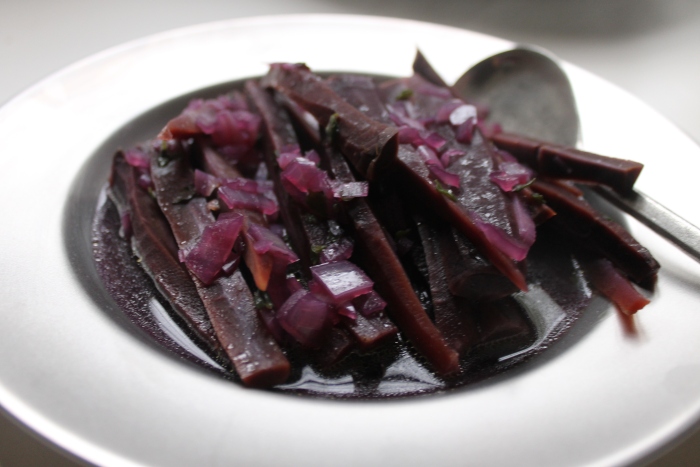

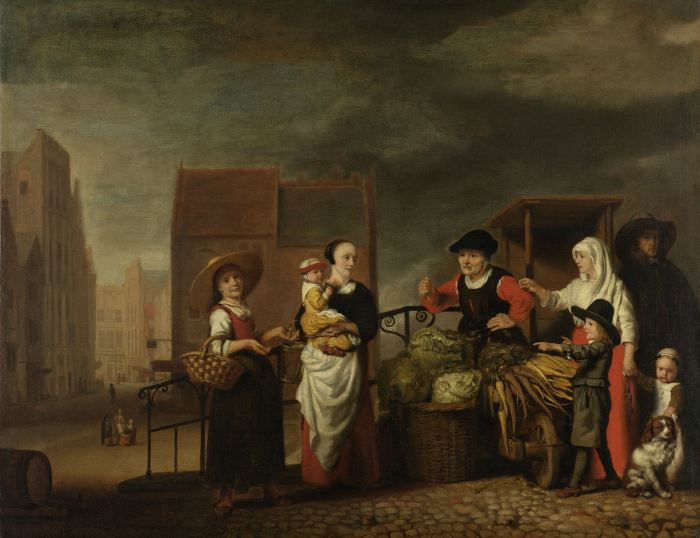
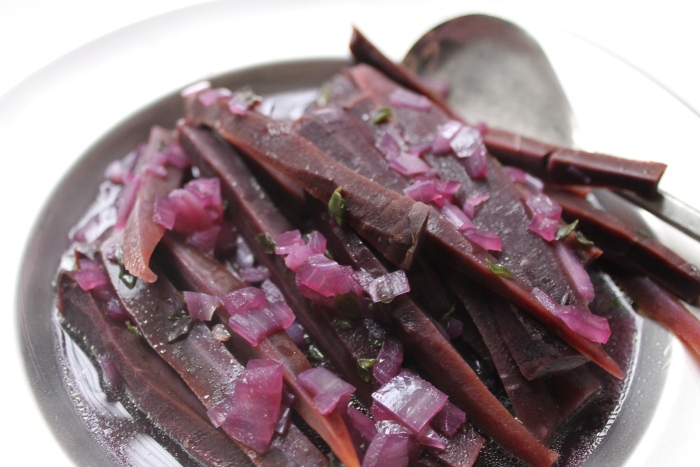
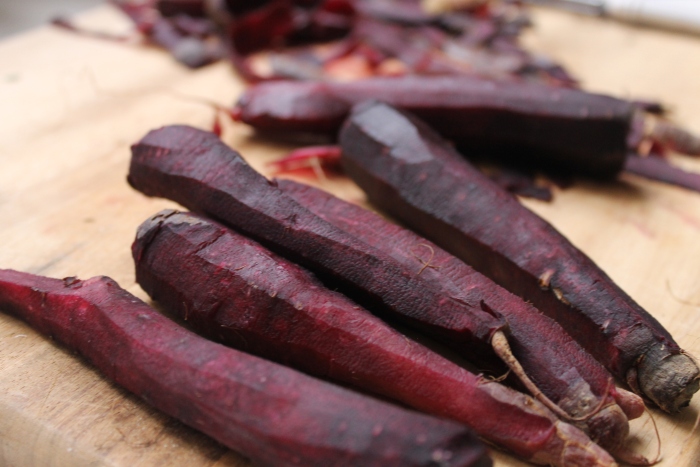
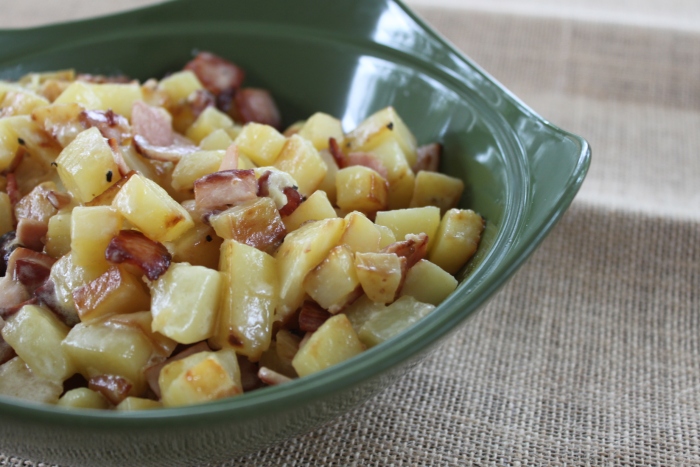 It’s a new year, and a new round of Historical Food Fortnightly Challenges (and of course I’m already running late!). If you missed the last one, the HFF is a series of themed challenges where you choose a historical recipe (from before 1960) and follow it as closely as you can. Of course it’s not possible to be completely accurate, modern cooks have budget constraints, modern (for the most part) kitchens, and some ingredients are impossible to find, but we do our best. If you want to find out more about the challenge, the challengers or the different themes then head to the
It’s a new year, and a new round of Historical Food Fortnightly Challenges (and of course I’m already running late!). If you missed the last one, the HFF is a series of themed challenges where you choose a historical recipe (from before 1960) and follow it as closely as you can. Of course it’s not possible to be completely accurate, modern cooks have budget constraints, modern (for the most part) kitchens, and some ingredients are impossible to find, but we do our best. If you want to find out more about the challenge, the challengers or the different themes then head to the 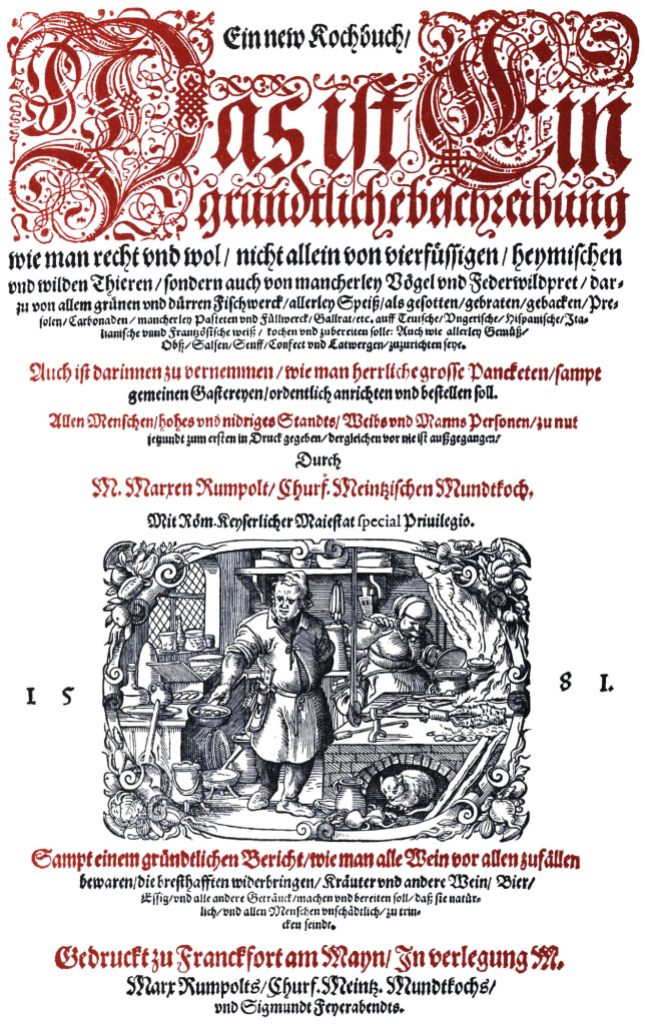
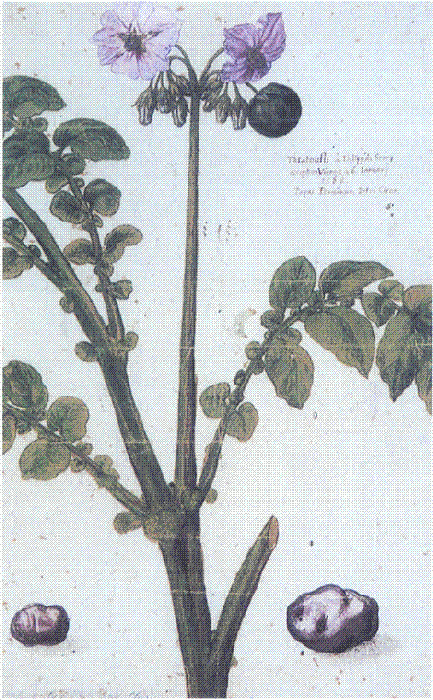
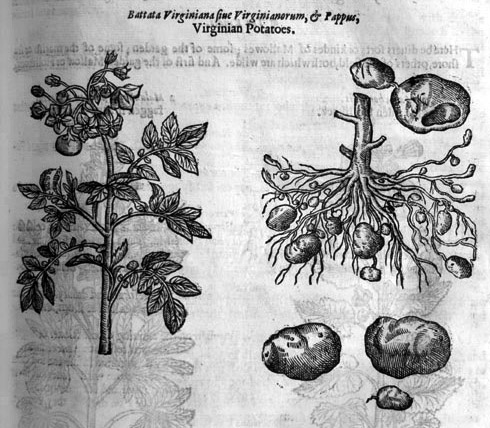
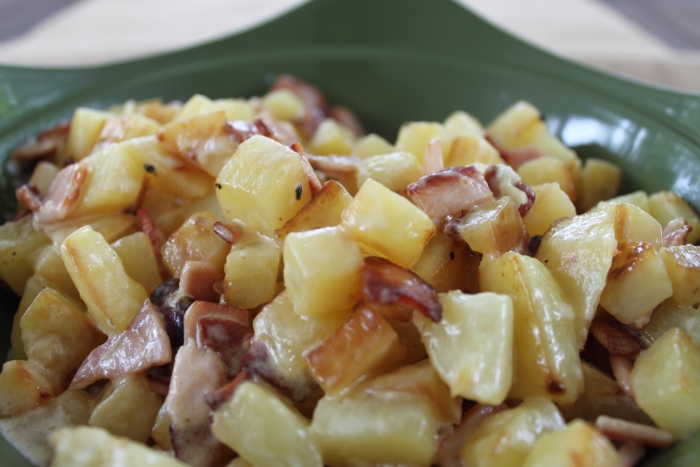
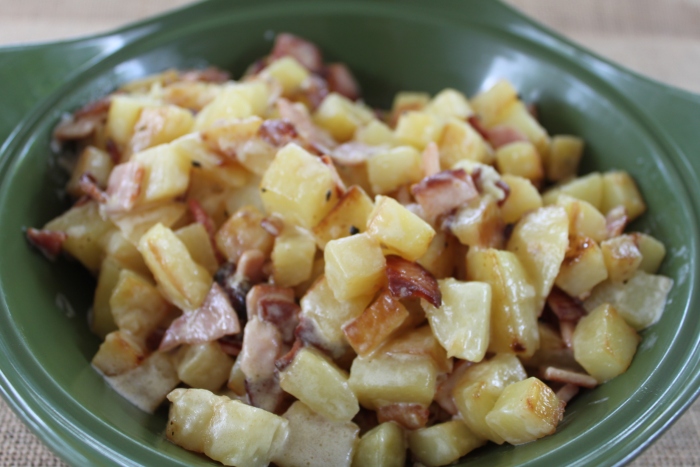

![Girl with a Basket of Eggs by Joachim Beuckelaer (circa 1533–1575) [Public domain], via Wikimedia Commons](https://turnspitandtable.files.wordpress.com/2015/09/beuckelaer_girl_with_a_basket_of_eggs.jpg?resize=496%2C387)

